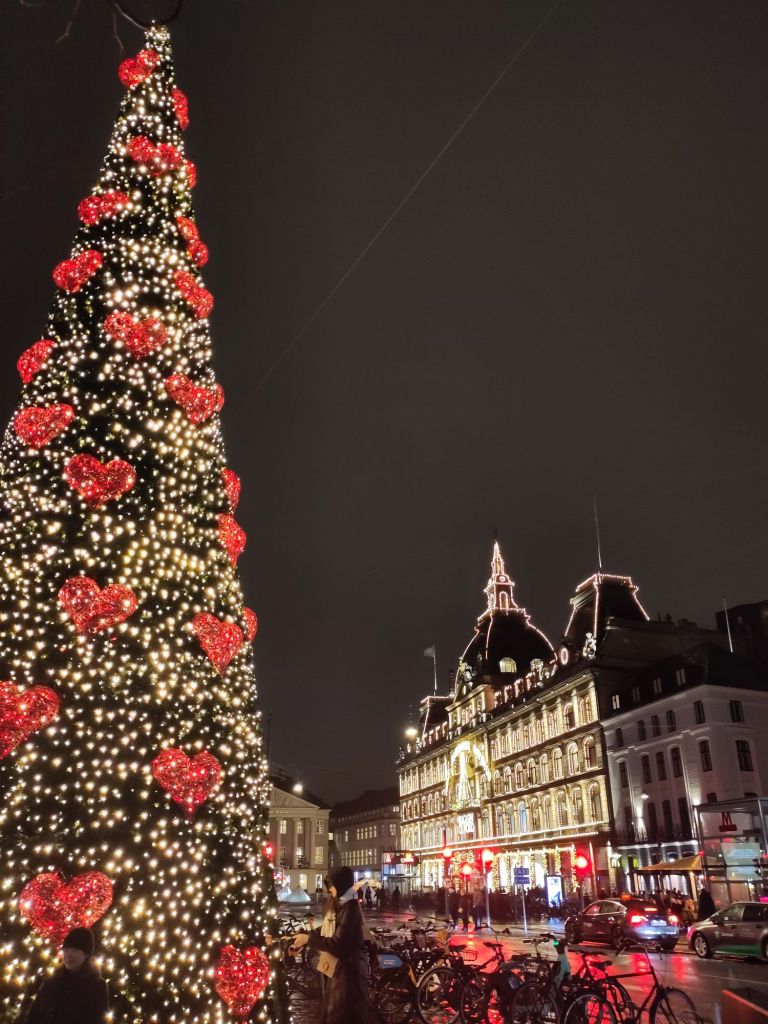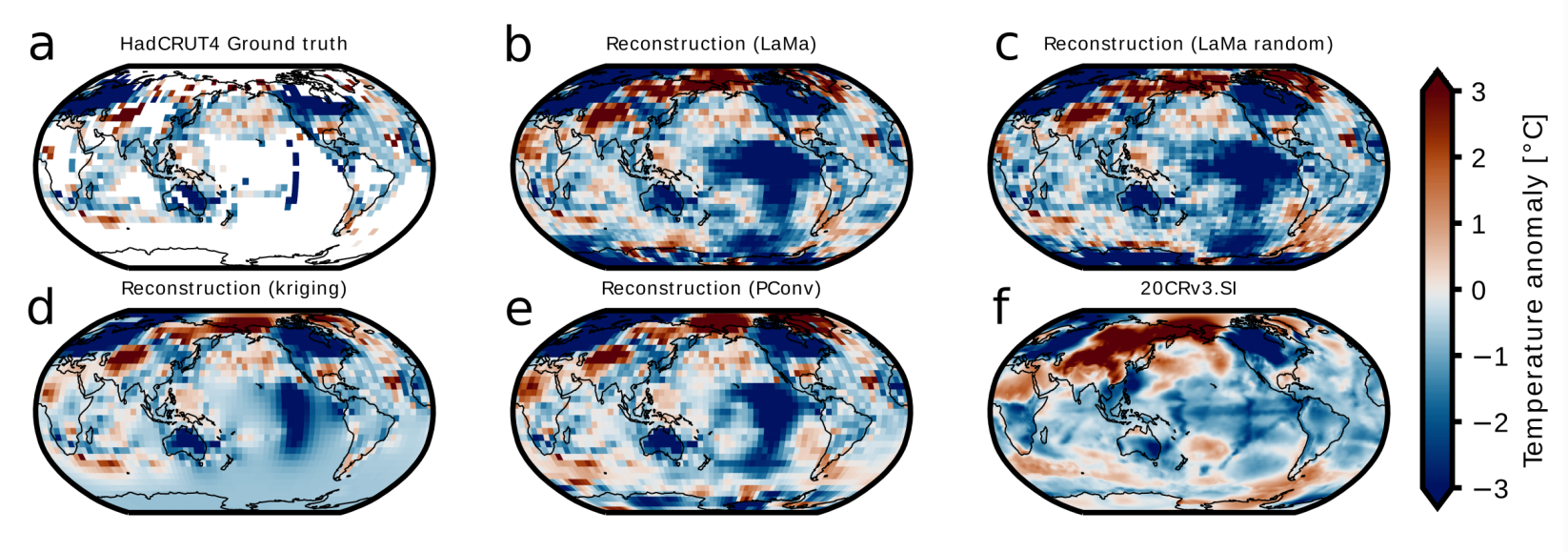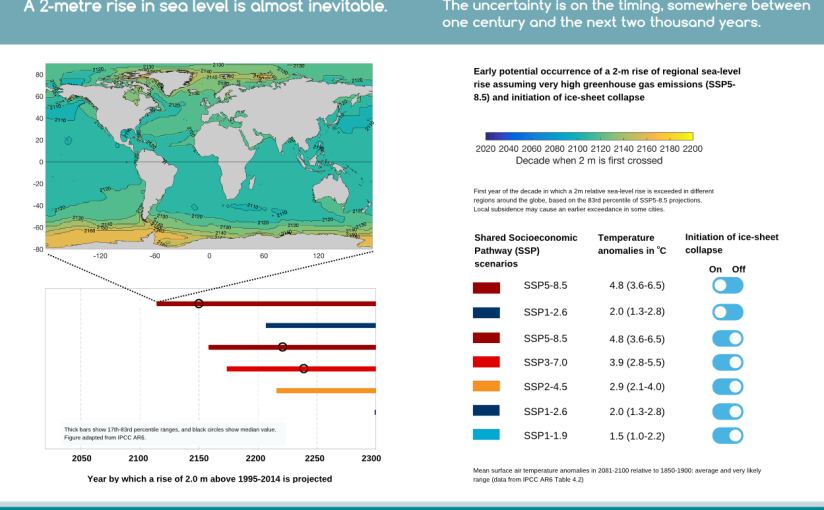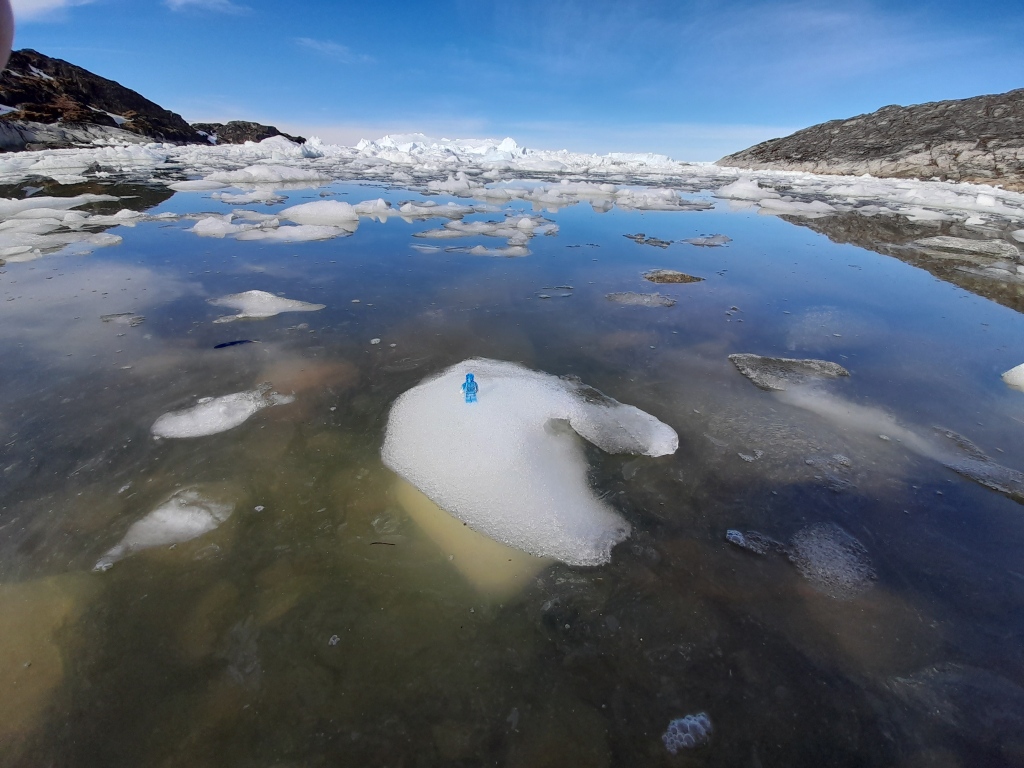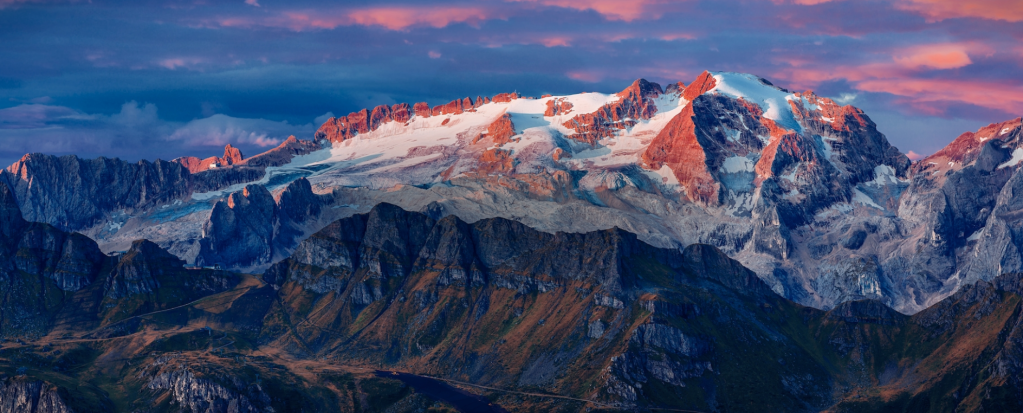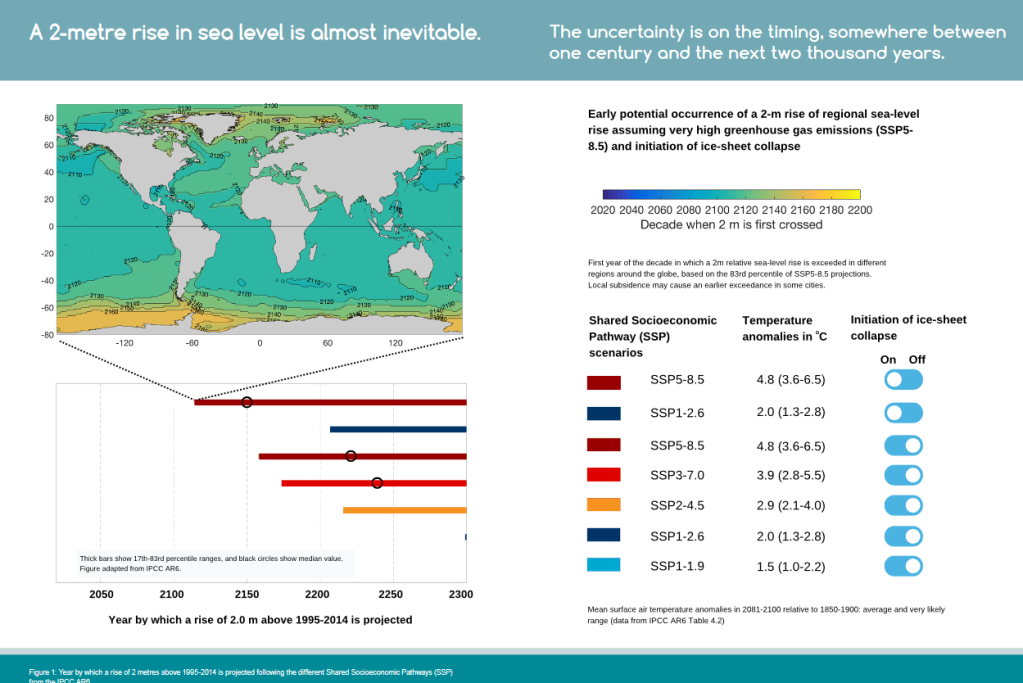The foundation bigger than Wellcome and Gates that’s funding our new research project….
There are 2 good pieces in the Financial Times currently about the Novo Nordisk Foundation. I found both quite illuminating because I didn’t actually know much about them, even though we recently got a large grant from them to work on sea level rise and ice sheets.
The first piece gives an overview of the Foundation itself. Among other nuggets, I learnt they own 77% of shares in Novo Nordisk, which effectively insulates the pharmaceutical company from hostile takeovers.
The second is a piece on the FT Person of the Year: Lars Fruergaard Jørgensen, their CEO.
I’m sharing then both here but each link can only be opened 3 times. If and when I work out the internet archive, I will see if I can update them.
As a TL;DR, and for those not really into this kind of thing, Novo Nordisk have long been large suppliers of insulin for diabetes patients. However, some canny investment and a lot of hard work has resulted in the development of 2 similar drugs, Ozempic and Wegovy, that not only fight diabetes but also lead to significant weight loss, with associated health benefits like reductions in heart attacks. These are, to some extent the modern equivalent of the philosopher’s stone and Novo Nordisk is now, by market capitalisation at least, Europe’s most valuable company…
The huge size of Novo Nordisk could be a problem for Denmark – our Nokia moment perhaps. And the outsize influence the foundation has on science in Denmark has not gone unnoticed either.
On the whole though, I think it’s a positive, especially as the areas they will fund are also under expansion.
Using a commercial company to fund a foundation has a pretty long tradition here in Denmark with most of our biggest companies including Carlsberg, Rockwool, Mærsk and Velux all funding research (and probably other companies too).
So, that’s a quick link to some of the reading I’ve been catching up on over the Christmas and new year’s break. I hope you’re all having a nice break (for those of you on holiday), too!
